
© photothek.net
Media exert a great fascination on young people and at the same time they are a natural companion in their everyday lives. Young people have already had a wide range of media experiences inside and outside the family, which also influence how they deal with media content. Since media offerings are as varied as the young people themselves and their environment, there can be little talk of clear-cut effects through media. While some young people can handle media violence or sad scenes well, others are more sensitive. Some are also better at distinguishing a fake piece of information from a real one, find action movies more entertaining, or get more carried away by music. Either way, media have a decisive influence on our values, lifestyles and desires.
In addition, as they grow up, young people use media that are not age-appropriate according to youth media protection. Fascination, provocation or pure curiosity play a role. Even though some teens have had many experiences with it, it doesn’t mean they are hardened or jaded. Young people are by no means only affected by media effects. Most of the time, they choose carefully, classify media, exchange ideas with their peers, think about their media experiences and deal with them critically – and you should support and accompany them in this.
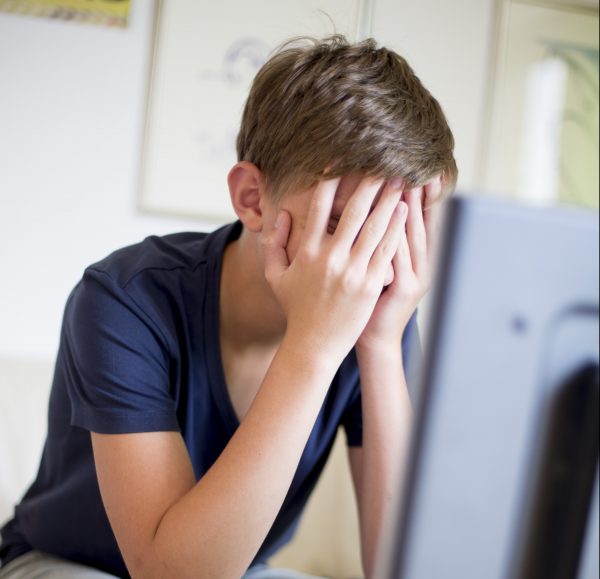
Copyright: Ute Grabowsky/photothek.net
Testing boundaries is important for your child’s development. This may include exposure to content that is not age-appropriate. The Internet in particular makes this easy for them. The depiction of violence, pornography, propaganda and racist content or the depiction of self-injurious behavior should not be expected of children. They can have a frightening effect on children and young people and impair development. However, the effect is highly variable. Therefore, it is imperative to take a close look at this content. Observe how your son or daughter reacts to different media content and talk to your child about his or her media experiences. Protect it from particularly critical content and websites. The age ratings of the youth media protection agencies, pedagogical assessments, and child-friendly Internet offerings will also help you. You can find out more here.
The Internet is full of helpful and entertaining offers. However, apps that are connected to the Internet, video platforms and other online offerings also quickly provide access to content that harbors potential dangers. Age-inappropriate offerings can scare your child. Even the best child and youth protection measures cannot provide comprehensive protection. You can still help your child be as safe as possible.
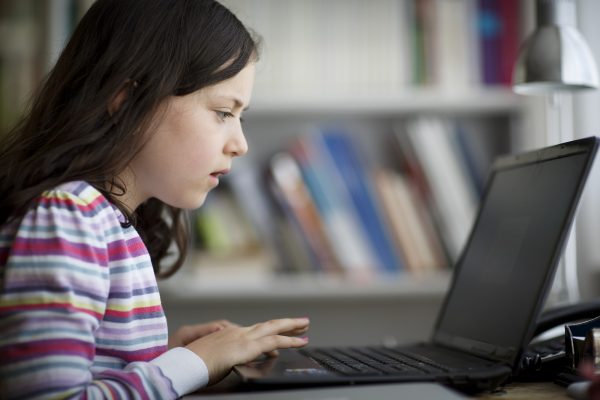
Copyright: photothek.de
As parents, be aware of the challenges your child may face when using media. This way, you can respond to your child in an emergency and offer assistance. You should not create unnecessary fear in your child in the process. Support the development of healthy skepticism, as well as a desire to use media!
Make sure your child can access age-appropriate content. Setting options on the device or in apps also help here. In addition, guidance in media use is indispensable, especially for young children.
The Internet makes it possible for virtually anyone to express their opinion publicly. However, this is associated with the problem that content or behavior is also presented on the Internet that is generally not considered acceptable. It becomes particularly difficult when children and young people accept such content without giving it much thought or because it seems well-founded. This applies, for example, to offers from radical, extremist associations. They present their ideas, opinions and values as the only correct ones. However, young people and especially children cannot properly assess the significance and consequences of such content. They then no longer know what is right or wrong and become susceptible to manipulation. The communication of such groups also does not provide a good model for the social behavior of children and young people. Hate speech and putting down minorities are examples of this.

Copyright: Ute Grabowsky/photothek.net
Your child should therefore learn to assess such offers and distance themselves from them. It is helpful if you talk to your child about his or her media use right from the start, show him or her appropriate communication behavior, and show him or her how to deal with media critically. It doesn’t help to technically block social networks or similar services. Because this also prevents their positive aspects, such as entertainment and creative use. Various studies have even shown that children and young people who actively deal with offers on the Internet are better prepared for dangers. They can better assess risks and develop their own defense strategies.
From early childhood on, media are an important part of growing up: from picture books to bedtime stories, from radio plays to children’s programs.
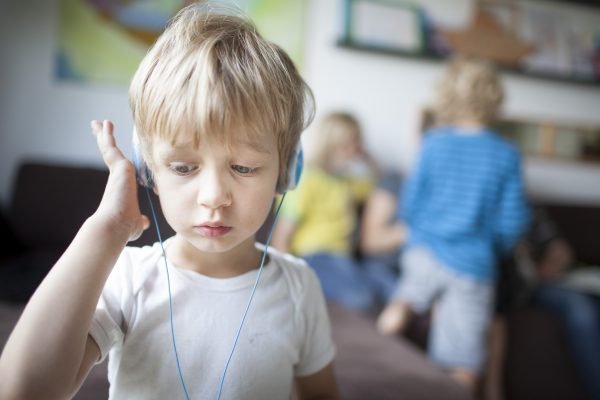
© photothek.net
Digital media have also long been present in everyday family life – the Internet, computer games, apps, smartphones and tablets play a major role here. Unfortunately, children do not only use these media according to their age. Influenced by the media of the adult world, they learn about different formats and content at an early age. They would like to try these out and discover them. Media shape their ideas, lifestyles and desires. But children are not victims of the media. Most of the time they choose carefully, think about their media experiences and deal with them quite critically – you should accompany them in this!
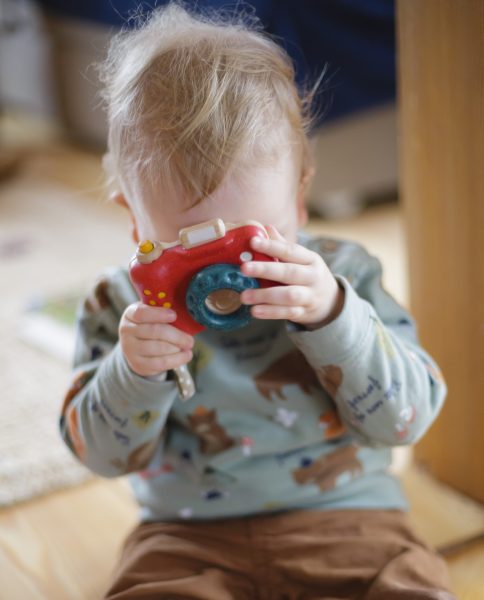
© photothek.net
The flickering screen and the ringing cell phone are sources of stimuli to which your child becomes attentive. It is not yet known exactly what influence this will have on development. It is clear, however, that children remember how media are used in their environment. They perceive and imitate your behavior and that of their older siblings – for example, by holding a building block to their ear and “talking into it.” In the course of the first two years of life, the perception of media content becomes more and more conscious. This can be seen, for example, when looking at a picture book together, where the child points to pictures.
Even if we are not always aware of it, infants and toddlers already have contact with the media, indirectly through parents, siblings and other people around them: Mom watches TV while breastfeeding, the car radio is playing on the way to the pediatrician, Dad checks his messages on his cell phone while pushing the stroller, and so on.
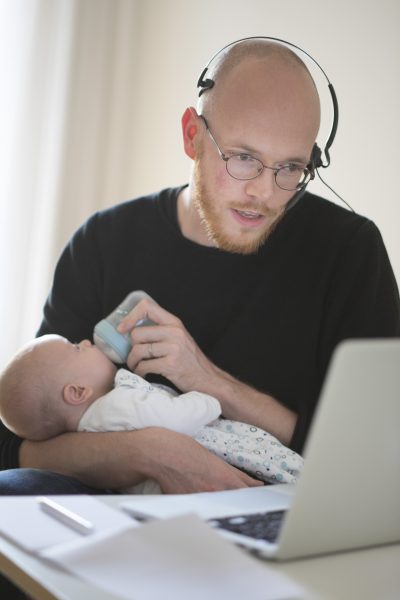
Copyright: photohek.net
Every child discovers the world around them, and with it the media. At first, it perceives the devices only as objects, but gradually realizes that they have a special value for the elders.
We know from studies that all households where young children live are well equipped with media devices. There is a TV, smartphones, a computer, radio and Internet connection in almost every family. So media play a role in most families.
At the beginning of life, you decide which media your child will have active access too. In the first two years of life, children are able to perceive pictures and, at around 1.5 years of age, also engage more and more purposefully with picture books and photos.